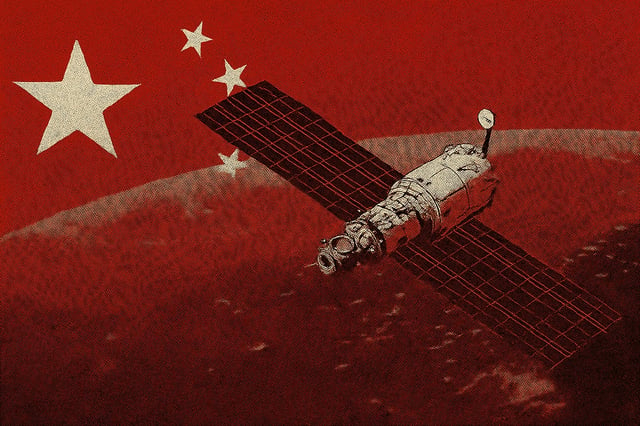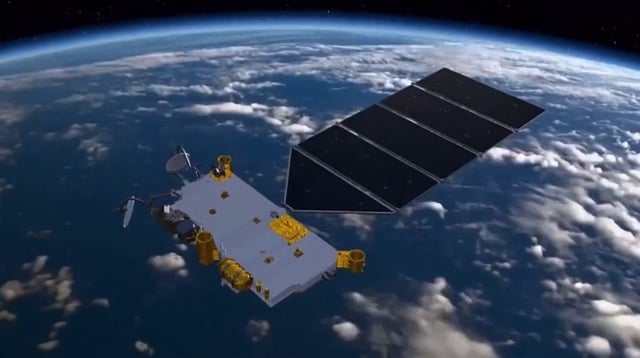Overview
- Guowang has launched just 40 of its planned thousands of satellites, putting it far below the ITU’s requirement that 10% of its constellation must be operational by 2026 to retain spectrum rights.
- The Shanghai-backed Qianfan network has deployed only 90 satellites since August 2024, with at least 17 failing to reach their intended orbits and missing its target of 648 satellites by the end of 2025.
- China’s reliance on single-use Long March rockets has created a launch bottleneck that favors state-led Guowang and limits available flights for commercial projects.
- Xi Jinping has directed the People’s Liberation Army to build a sovereign space communications capability and established a new Information Support Force, but technical setbacks have slowed progress.
- In contrast, Indian private firms such as Bharti Airtel through its stake in OneWeb and startups Pixxel and Dhruva Space have steadily expanded their satellite deployments without a government-led megaconstellation plan.

